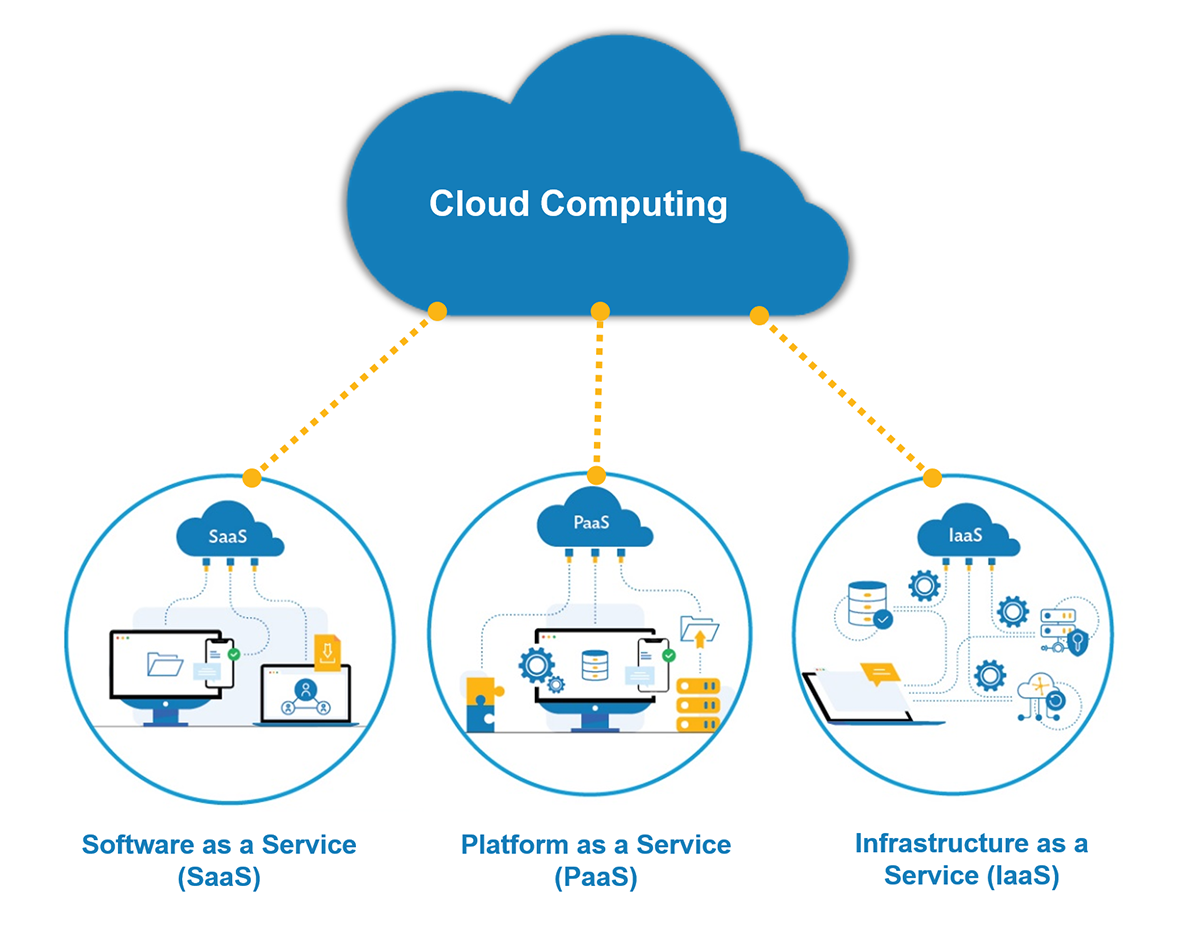Boost Your Organization with LinkDaddy Cloud Services: Unleashing Universal Cloud Service Potential
Boost Your Organization with LinkDaddy Cloud Services: Unleashing Universal Cloud Service Potential
Blog Article
Simplify Your Facilities With Cloud Provider
As companies browse the ever-evolving landscape of technology and information monitoring, the role of cloud solutions in simplifying infrastructure has come to be significantly noticeable. Just how can businesses efficiently browse this transition and really unlock the possibility of cloud services for streamlining their facilities?
Benefits of Cloud Provider
Cloud services supply a streamlined approach to managing IT infrastructure, giving companies with cost-efficiency, versatility, and scalability. One of the essential benefits of cloud solutions is the scalability they offer.
Additionally, cloud services get rid of the need for organizations to spend in pricey software and hardware. This cost-efficiency is a substantial benefit, specifically for little to medium-sized business looking to minimize ahead of time expenses. By making use of cloud solutions, organizations can access high-grade IT resources without the significant rate tag associated with traditional framework configurations.
Moreover, cloud services give businesses with the adaptability to access their information and applications from anywhere with a web link. This degree of accessibility boosts collaboration among teams, allows remote work, and increases overall performance. The flexibility used by cloud services empowers services to adapt promptly to altering market problems and client needs.
Cost Cost Savings and Scalability
In enhancement to the operational benefits highlighted earlier, the integration of cloud services into a company's infrastructure generates significant price financial savings and boosted scalability. Cloud solutions use a pay-as-you-go design, permitting businesses to range sources up or down based on present requirements, thereby preventing the prices connected with keeping excess ability. This versatility allows firms to adapt rapidly to fluctuating needs without incurring unneeded expenditures.
Additionally, cloud solutions get rid of the demand for in advance investments in software and hardware, reducing capital expenditures. Overhead are also lessened as companies no more need to handle and maintain physical web servers, causing reduced energy consumption and IT staffing costs. In addition, cloud solutions give automated updates and upkeep, making sure that the facilities continues to be current and safe without needing hand-operated treatments.
Boosted Safety And Security Measures
When integrating cloud services into a business's infrastructure to make certain and protect delicate information conformity with market regulations,Executing rigorous protection measures is vital. Cloud provider offer boosted protection features such as information encryption, firewall protection, and multi-factor verification to reduce cybersecurity dangers. File encryption helps protect information both at rest and en route, making sure that just accredited customers can access delicate details. Firewall programs function as a barrier in between inner networks and external risks, surveillance and managing incoming and outward bound network traffic. Multi-factor authentication adds an added layer of safety by needing customers to give several forms of verification before accessing the cloud services.
Furthermore, routine safety audits and compliance evaluations aid recognize vulnerabilities and ensure adherence to market criteria. Firms can likewise profit from features like computerized safety updates and real-time danger monitoring given by cloud provider. By focusing on protection procedures and staying proactive in dealing with potential dangers, businesses can with confidence leverage cloud services while safeguarding their valuable data from unapproved accessibility or breaches.
Transitioning to Cloud Facilities
To effectively incorporate cloud solutions right into a firm's facilities, an organized method that addresses the shift towards cloud-based options is vital. Transitioning to shadow facilities includes cautious planning and execution to ensure a smooth movement process. The primary step is to evaluate the current facilities and figure out which applications and systems are suitable for migration to the cloud. This examination must consider factors such as information sensitivity, conformity demands, and efficiency requirements.
As soon as the assessment is total, a migration technique need to be established. This approach needs to outline the timeline, sources, and obligations for relocating each element to the cloud. It is important to communicate this strategy plainly link to all stakeholders to make sure positioning and lessen disturbances during the shift.
Throughout the movement monitoring, screening and procedure are crucial to determine and resolve any problems promptly. Routine checkpoints need to be established to track progress and make needed adjustments. Furthermore, training for workers on making use of cloud solutions should be provided websites to guarantee an effective shift and make best use of the benefits of the new infrastructure.
Finest Practices for Cloud Adoption
Successful adoption of cloud solutions rests on the tactical positioning of business objectives with technical capabilities and business readiness. To guarantee a smooth transition to the cloud, companies ought to begin by performing an extensive assessment of their current infrastructure and determining which workloads are best matched for cloud migration. It is important to involve essential stakeholders from different departments in the decision-making process to obtain buy-in and resolve any problems early on.
An additional best method for cloud adoption is to focus on safety and security and compliance. Organizations has to meticulously evaluate the protection actions provided by cloud service companies and make certain that their data is safeguarded according to market requirements and regulative needs. Applying durable information file encryption, gain access to controls, and routine security audits can aid reduce dangers linked with cloud fostering.

Conclusion

As organizations navigate the ever-evolving hop over to here landscape of technology and data monitoring, the function of cloud services in simplifying framework has ended up being progressively famous - cloud services press release. How can companies effectively browse this shift and absolutely open the possibility of cloud services for streamlining their facilities?
Cloud solutions provide a streamlined technique to handling IT framework, offering businesses with flexibility, scalability, and cost-efficiency. By making use of cloud solutions, businesses can access premium IT resources without the hefty price tag associated with traditional framework arrangements.
To make certain a smooth shift to the cloud, organizations ought to start by performing a detailed analysis of their current facilities and identifying which workloads are best matched for cloud movement.
Report this page